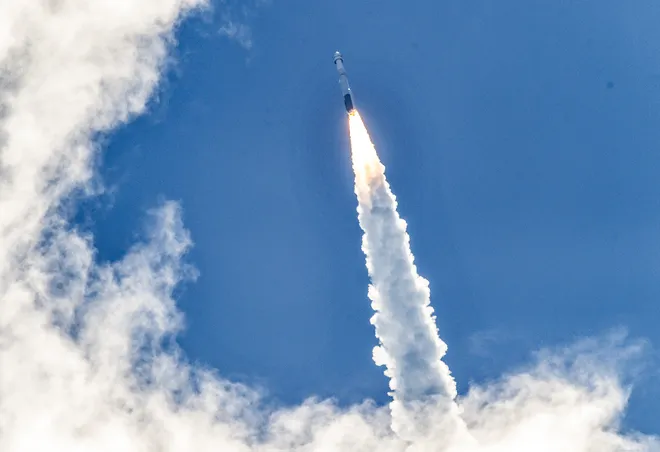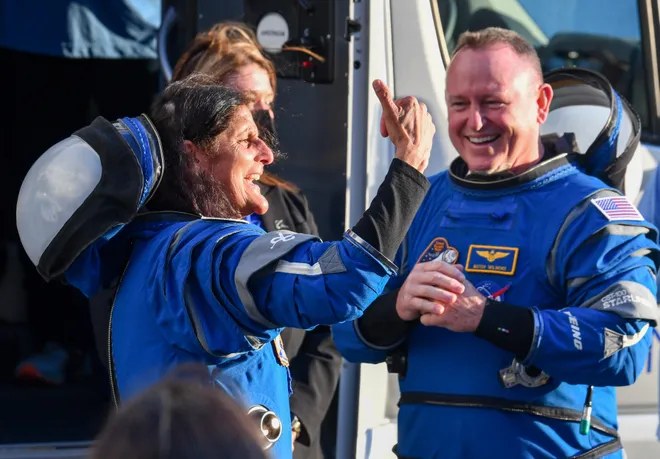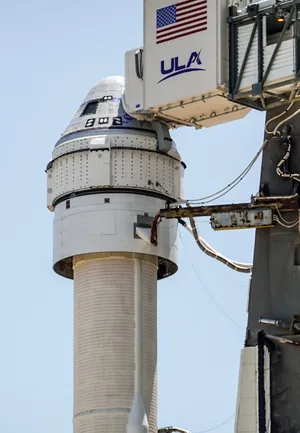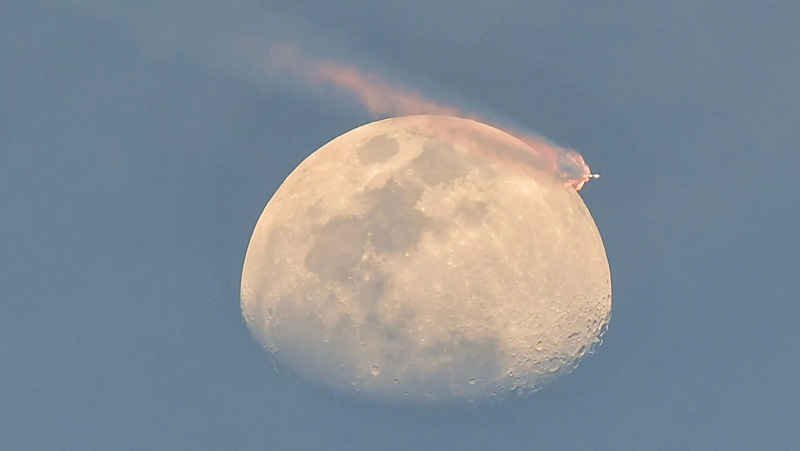Boeing Starliner reaches International Space Station: Here's what the astronauts will do
Boeing's Starliner capsule has reached the International Space Station with its two intrepid spacefarers aboard after its long-awaited launch from Florida.
"NASA Docking System soft capture of #Starliner is confirmed," Boeing Space posted on X.
"Docking confirmed!" NASA also posted on X. "Butch Wilmore and Suni Williams will soon make their way into the orbital laboratory, where they'll spend about a week."
The inaugural crewed flight of Boeing's CST-100 Starliner meant to compete with the likes of Elon Musk's SpaceX spacecraft has been waylaid by a series of technical issues. It began May 6, the original launch date, when trouble with a valve in the rocket's upper stage forced the mission to be scrubbed.
The team was able to replace the valve and repressurize the system, but then engineers encountered another obstacle: a small helium leak in Starliner's service module. That issue caused additional delays until it finally lifted off Wednesday.
Now, NASA veterans Wilmore and Williams have at long last reached their destination. NASA, which provided live coverage of Wednesday's launch, aired coverage of the landing as well.

Starliner launches from Cape Canaveral, docks at International Space Station
The Starliner spacecraft was perched atop the Atlas V rocket manufactured by the United Launch Alliance when it launched at 10:52 a.m. EDT Wednesday from the Kennedy Space Center in Cape Canaveral, Florida.
The capsule successfully broke away from the rocket after reaching orbit and began firing its own engines as it powered onward to the International Space Station, NASA said.
NASA shared an update late Wednesday night saying three helium leaks had been discovered on the spacecraft. The team was aware of one before launch, but the additional leaks occurred after Starliner arrived in orbit.
"Two of the affected helium valves have been closed and the spacecraft remains stable," the organization said.

Starliner docked autonomously Thursday afternoon around 1:34 p.m. EDT on the forward-facing port of the International Space Station's Harmony module. Wilmore and Williams, both former Navy pilots, will spend about a week testing the Starliner spacecraft and its subsystems before they board the capsule for a return trip to Earth.
The craft will land in the American Southwest using parachutes that will slow it down to 4 mph before inflating large airbags.
Boeing competes with SpaceX to make low-Earth orbit trips
The Starliner was designed to accommodate no more than seven passengers for missions to low-Earth orbit.
For NASA, the capsule is intended to carry four astronauts along with a mix of cargo and other scientific instruments to and from the International Space Station. Williams, 58, and Wilmore, 61, were selected for the inaugural crewed flight of the Starliner, which completed two previous flight tests with no one aboard.

Boeing hopes to join Elon Musk's SpaceX as one of two companies contracted by NASA for routine missions to the space station and low-Earth orbit.
As part of NASA’s commercial crew program, Boeing was awarded $4.8 billion and SpaceX was awarded $3.1 billion in 2014 to develop their respective spacecraft, Florida Today reported.

SpaceX, whose Dragon spacecraft flew its first human mission in 2020, recently saw its Crew-7 return to Earth after nearly 200 days aboard the International Space Station. The eighth crew composed of three NASA astronauts and one cosmonaut launched March 3 and docked March 5 to await the arrival of Boeing's Starliner capsule.
SpaceX completes successful test flight one day after Starliner launch
The morning after Starliner's departure, SpaceX completed the fourth unmanned test flight of Starship, a jumbo 400-foot-long rocket that experienced explosive issues in prior launches.
Starship took off from SpaceX's Boca Chica, Texas Starbase site Thursday morning around 8:50 a.m. EDT, resulting in the most successful run for the craft so far.
While previous demonstrations did not end as intended, each test extended further and accomplished more than the last. This time around, Starship blasted off and separated from its booster without issue, reaching orbit and coasting in space for a brief time.
Despite sustaining some damage during reentry, Starship successfully completed its first-ever landing burn and splashed down into the Indian Ocean to raucous applause about one hour and six minutes into the flight.
"Splashdown confirmed! Congratulations to the entire SpaceX team on an exciting fourth flight test of Starship," SpaceX posted on X, formerly Twitter.
SpaceX intends to continue testing the ship with more unmanned launches this year, though it has yet to confirm the date of the next flight.
Eric Lagatta covers breaking and trending news for USA TODAY. Reach him at elagatta@gannett.com
Disclaimer: The copyright of this article belongs to the original author. Reposting this article is solely for the purpose of information dissemination and does not constitute any investment advice. If there is any infringement, please contact us immediately. We will make corrections or deletions as necessary. Thank you.



